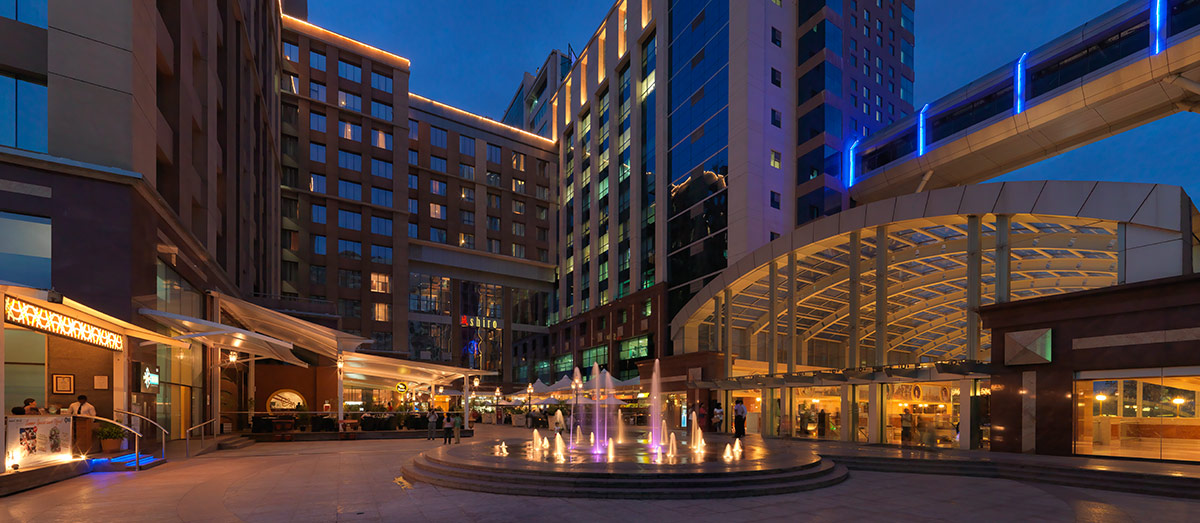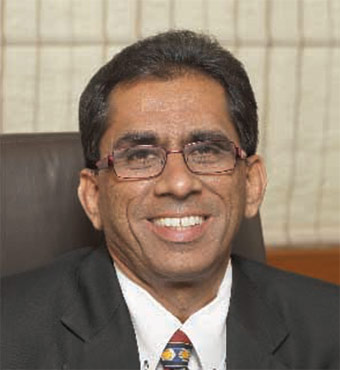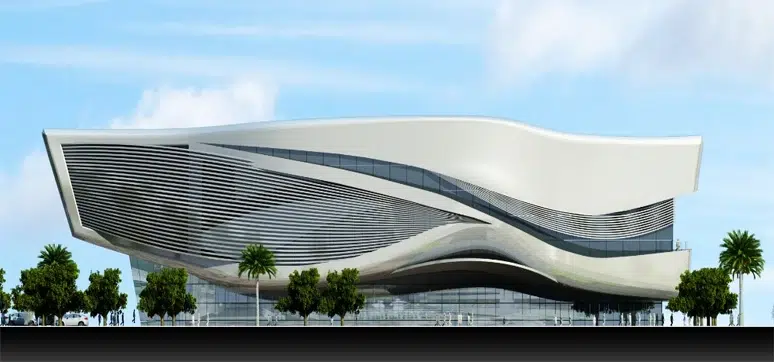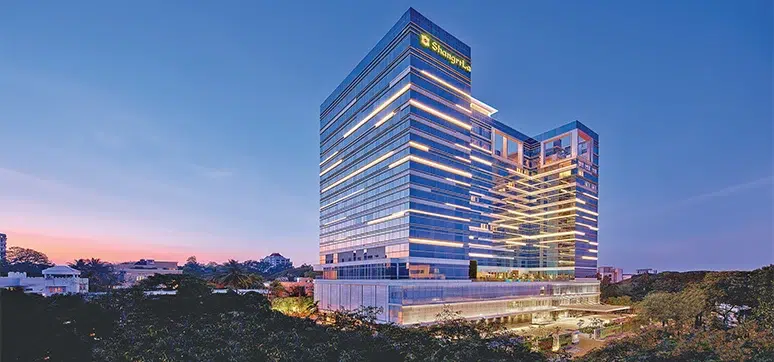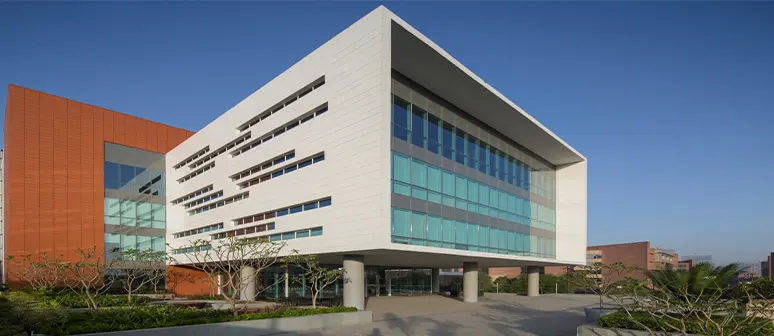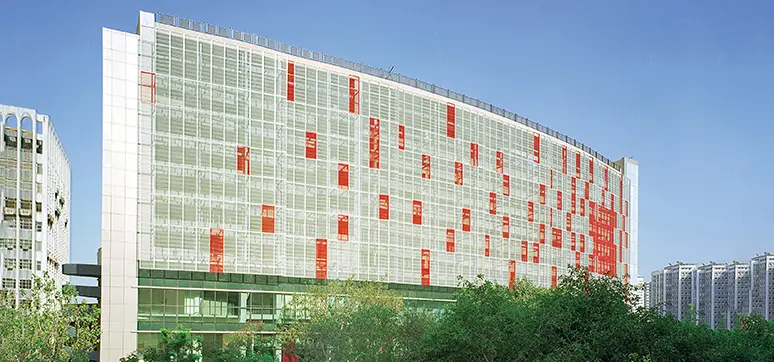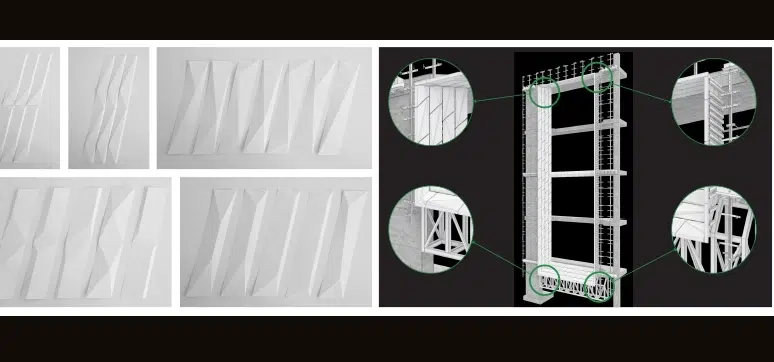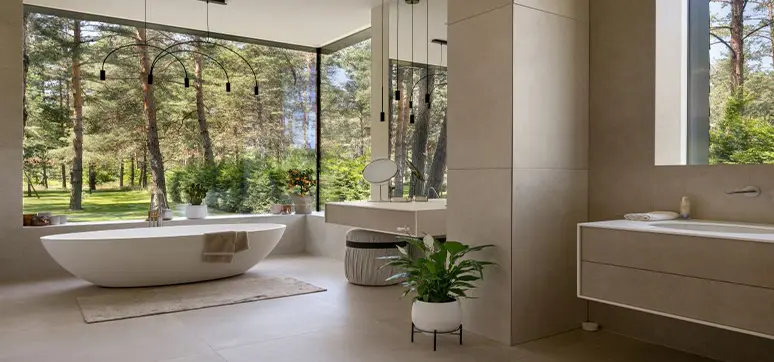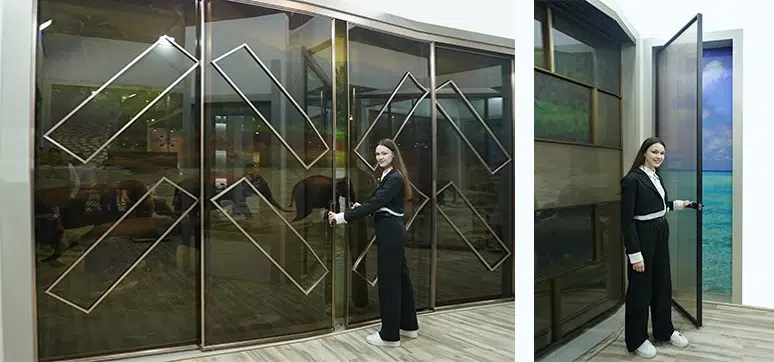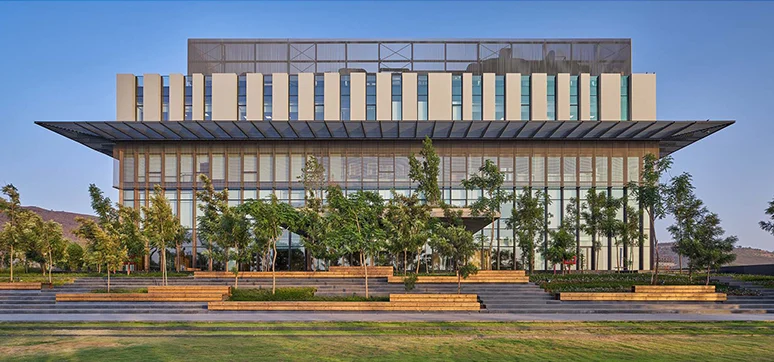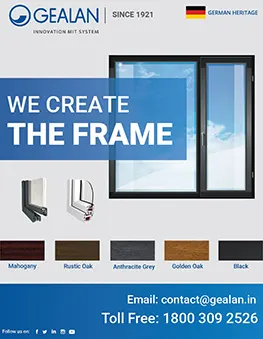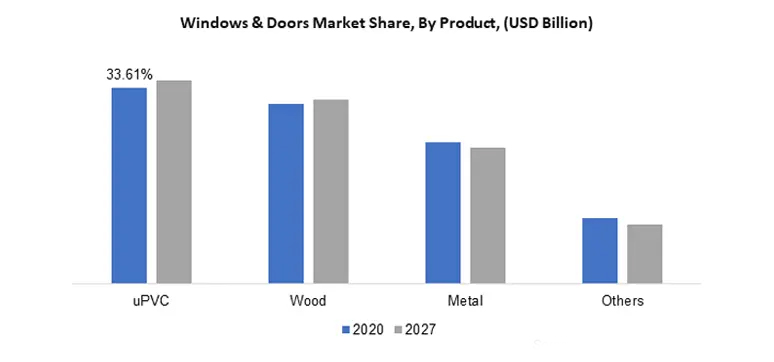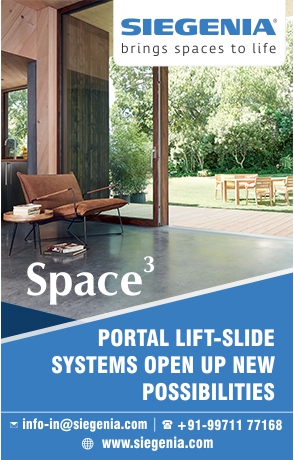“CONSTANT DRIVE FOR INNOVATION CHALLENGES US AND BRINGS OUT THE BEST IN OUR BUILDINGS”
By: Mr. GOPAL V.,
Developing the most prestigious buildings in south India, from UB City to Shantiniketan, from the Golfshire to the Polygon, Prestige group is the uncrowned king, at the helm of the real estate development scenario of Bangalore and other parts of South India.
Known to rule the high end as well as the mass-scale residential developments with the same aplomb, Prestige group became the real game changer in the retail segment also when they built the first ever mall that the southern part of India ever saw – The Forum
Read along as Mr. GOPAL V. – Executive Director of the Prestige group, talks about the journey, the vision, the challenges and the dreams, which set the developer on a paramount pedestal.
WFM: Mr. Gopal, could you please give us a little background about yourself and how long have you been with Prestige?
Gopal (Executive Director, Prestige group): I am a Bangalorean. Studied here, worked here and have never left Bangalore since then. I have Bangalore in my blood and I know every corner and every sentiment of the city. I know the people and the ways around them. Every 2nd architect from here has either been a classmate of mine or my senior and in some way or the other known to me.
I started off my career with an architectural firm for a short period where I learnt the nitty-gritty of detailing and then for a while I worked with a contractor from where I got to know about the contracting side. Subsequently, I joined Prestige way back in 1992. That was the time when Prestige had just built 3-4 projects and all of them were still in their handing-over stage. So you can say we were in a very nascent stage. 23 years since then, it has been a fantastic journey and we have completed about 175 projects to date.
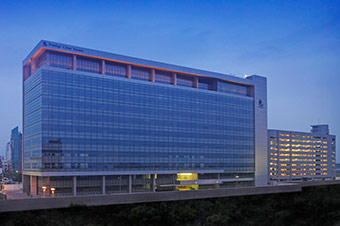
WFM: All your projects are in Bangalore?
Gopal: With a couple of exceptions in Chennai, most of our projects are in Bangalore and that too in CBD – the heart of the city. Currently, we are developing around 55 million sq.ft. of land, we have already finished 50 million sq. ft. and another 60 million sq. ft. is on the drawing board. So we have our hands full for at least another five years.
WFM: In your stint of 23 years, how has the real estate industry changed? Please elaborate.
Gopal: It has been a wonderful experience through and through. The economy is growing. Prestige has always pioneered in accepting and experimenting with the new and latest technologies in the offering.
In a way, we were also blessed. We were extremely good in selling. We at Prestige have successfully sold some very premium projects. Be it residential or commercial. Look at the kind and number of office buildings that we have made (fig. 2 & 3) – we have worked with most of MNCs. You name the company and we have either leased them a property, or sold them a property or developed a property for them.
For IBM we did leasing. Oracle is our tenant. For Cisco, we developed the largest campus in South India.
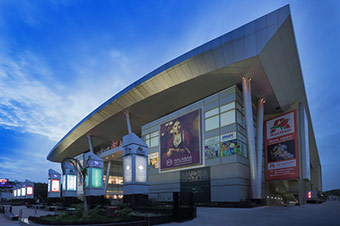
WFM: Besides residential and commercial, off-late Prestige has also forayed into the retail segment. Please throw some light on your ‘Forum’ line of development.
Gopal: We at Prestige developed the 1st mall in South India by the name of The Forum. Since then it is our brand name that has been given to the malls that we have developed. Apart from Bangalore, The Forum – Chennai is already opening up and we are taking it to many other cities.
WFM: What is the thought and principle that goes behind choosing the right kind of fenestration for your projects – commercial or residential?
The 1st representation comes from the architect. Normally for a residential building, privacy is one of the important factors. We are giving them the comforts of home. The home needs basic light and ventilation, which drives the decision most often. Choosing the right kind of fenestration is followed by opting for proper UPVC window fabricators to make it more precise.
There are also exceptions like the Kingfisher Tower. This 33-storey building is a design statement, a landmark in Bangalore set to permanently mark its topography. It has been specially designed in a way that the most private areas of a unit come inside the core. For such a high façade, we needed to make a design statement and we chose glass for the same. It is a fancy-sided elevation with ultra-modern architecture. So we decided to go for the curtain wall instead of a conventional façade of hooded windows and brick.
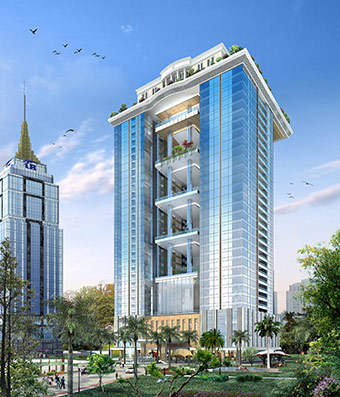
WFM: Normally there is a standard prototype of the windows for a residential apartment which is replicated in almost all the units in all the developments. Does prestige follow the same route or the window designs and typologies are customised for each type of residential development?
Gopal: We go the second route. There is nothing common between any two of our buildings. It’s a constant drive for innovation that challenges us and brings out the best in our buildings.
WFM: What is the general architectural trend in Bangalore when it comes to windows – is it more sliding like in Mumbai?
Gopal: Bangalore buildings are architecturally distinct from those of Mumbai. Or you can say they are more aesthetically designed. The building type, exteriors and view play a very important role in determining the size and typology of the building. Each project is dealt with differently. For instance, in a tall building the sliding is considered safer than the casement.
However, on the contrary, I remember an incident where there was this window that was kept open and everything on the table that was kept beside the window flew off at the onslaught of one-off high-velocity wind. Although the number of such incidents is less, their possibility and the danger associated with them can’t be ignored.
WFM: What is the ratio of sliding to casement in your standard buildings?
Gopal: 60-70% of the windows in our residential buildings are sliding.
WFM: What is your take on various systems that are available in the market these days? Do you use them in your developments?
Gopal: Now yes. But earlier there never used to be any systems. Easily available off-the-shelf sections were used for making windows as well the façade structures. But now things are different. In the end, I want to work with someone who can deliver. I talked to the system guys they will give me a prescription, but he is not going to execute the job for me. For that, I have to work with a contractor only. There is an end date to everything.
WFM: Sometimes an architect might want something and you may want something else. So how do you arrive at a common ground in such a situation?
Gopal: We make decisions very fast. We go through various stages of discussions with the architect and it has been a very healthy and participative relationship, exemplary of excellent team work with all of them. We understand their idea and they understand our requirements. So without so much of hassles, we arrive at a mutual consensus on all the design issues.
We normally can’t afford to lose time. We have always been selling very well. Sometimes the brochures are printed and even before floating them in the market, the units are sold out. Being a listed company now, we need to deliver with set timelines. We make sure that the decisions are fast and favourable keeping the end user in mind.
WFM: Amongst the available window systems, what do you prefer – aluminium, uPVC, steel or wood?
Gopal: We at prestige have largely used aluminium in our projects. But now for many of them we are going with uPVC windows in Bangalore and other metropolitan townships. One of the main reasons for this switch is that the number of contractors serving aluminium windows industry is very less and all of them tend to get married to structural glazing. There are hardly any good fabricators that have the capacity to fulfil the kind of requirements that we have, both in terms of capacity and timeline.
While struggling to find a solution to this problem, we came across the uPVC genre of Windows. There are a lot of big companies with rich technological expertise behind them who could cater to our needs and take up the jobs that we have to offer. We discovered that they had a scientific and technical approach and with the help of that we executed the largest job of windows for one of our projects
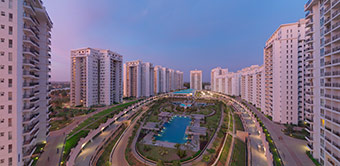
WFM: Talking about Shantiniketan, there was news in the market that the project was unceremoniously delayed for three years and there have been quality issues with respect to the windows. For instance the windows were yellow and the hardware was broken when the buyers took the ownership. Being one of the most prestigious projects in the country, how did you address such a situation – if at all there was one?
Gopal: We had completely sold the project in just about 8 days from the launch. No brochures were used and they were lying as waste stationery.
However, to put this on record, the project was delayed only by one year. That is because initially when we started the project, the MOEF clearance was not essential. But later on, we got stuck with that. Such hurdles are not uncommon in projects of such magnitude.
Considering the quantum of work with respect to windows supply and installation, uPVC came across as an excellent choice. About your question, we are quite satisfied with the quality and the service that the service provider had provided. There could be a few cases where we did have a couple of problems but that could have been there in aluminium also. We have had problems where aluminium windows completely blew off from the site.
About yellowness, it could have been a case of accidental spilling of acid which is used to clean the tiles, onto the window resulting in the damage. Such miss-happenings are common in any large project and are tackled with due diligence from our side.
Further, I see a bright future for the uPVC windows as I don’t think aluminium guys would have been able to do the quantum of work that we got done from the uPVC window supplier.
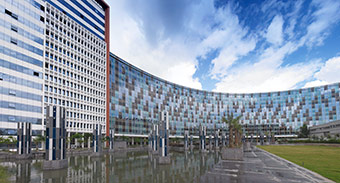
WFM: So the reason to choose uPVC windows is the non-availability of aluminium ones?
Gopal: That’s one of the reasons. Besides, the properties are very good. Performance-wise, they are much superior. Particularly in sound insulation – they did score one notch above.
We are very happy with the choice we made. In coastal areas, given a choice aluminium would be a better solution. But again, there must be a contractor who is capable of executing such a volume. Aluminium fabricators are not interested. They are making merry doing façades and don’t want to get into window fabrication. In one shot we signed many big projects with a uPVC window company. They were the only ones who had the capacity to deliver such a big number.
And it’s not just about the capacity of fabrication. I don’t want to see manufactured windows stacked in your warehouse. Until & unless you finish it and install it on-site and deliver each floor on time, it is of no consequence to us. It does not give any value.
WFM: What sort of glazing is used in your residential projects? How often do you use hi-performance glasses in your projects?
Gopal: In residential buildings, we prefer to give simple windows without even a tint in the glass. We wanted to remain non-controversial and believe in giving interior designers a free hand to experiment and match the colours and spaces.
There have been instances where we have done LEED platinum and LEED gold-rated buildings, there we have used hi-performance glazing as per the specification. Secondly, where the client can afford and sell and wherever the end customers have requested. So, it’s more about the demand. Everything comes at a price. No one would spend extra if it is not bringing the return.
There have been many interesting exceptions. For instance, a friend wanted his entire office building to be bulletproof. We used laminated double glazing in the entire building on all the elevations. The PVB film supplier was the happiest partner. They made as much money as we did by selling the bulletproof PVBs. You have to comply when the client asks for it and in this case, the client was specific – either bulletproof or we are not on.
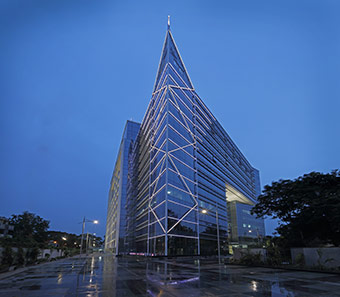
WFM: If you upgrade the standard specifications then won’t you get a better price?
Gopal: Somebody should appreciate it. That’s all. People still do not understand the difference if provided with high-specification windows. Sometime a day might come. But so far we are just hoping. I may use all high-performance materials and when it comes to price, the customer compares me with some B-grade or C-grade developer. It doesn’t make sense then. But hopefully, it soon is going to change.
WFM: Prestige is going quite adventurous – you are doing various experiments vis-à-vis façade lighting etc. Polygon is one such example in Chennai…
Gopal: Thanks to Geotrix and Selvam. Besides Polygon, façade lighting has also been used for Hotel Hilton, which will now become Conrad and some other projects as well. Currently, we have these lighting consultants who bring a lot of zing to the otherwise boring façade.
In UB city we spent a lot on façade lighting. There is granite and very good quality external paint has been used which gives the façade its characteristic appearance.
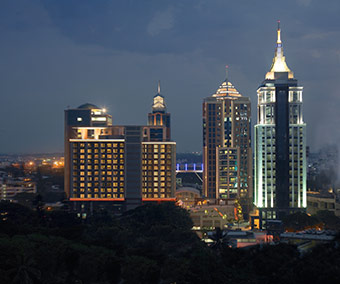
WFM: Do you also hire façade consultants for specialist advice on façade engineering
?
Gopal: This is a relatively recent trend, in vogue for the last five years or so. Tall buildings demand special professional knowledge and consultancy. Of course, glazing contractors were giving their knowledge which was enough in the times gone by. But with the increase in complexities of façades, it’s imperative that services of professional façade consultants are solicited.
WFM: For residential projects as well?
Gopal: For Shantiniketan we did.
WFM: In the hospitality segment, speciality design finishes are trending – Stone cladding and alternative material cladding, GFRC etc. How open are you to enhancing your façade portfolio with the use of these materials?
Gopal: We are not making hotels to get featured in the hospitality magazine awards. These are the assets that the company will hold on to. They should stand tall for at least 2-3 decades. The travellers come and stay in a particular hotel brand for the comfort and facilities the brand offers. The looks have to complement the brand’s USP. On these lines, the façade for a hotel is designed and made not to win some aesthetics competition.
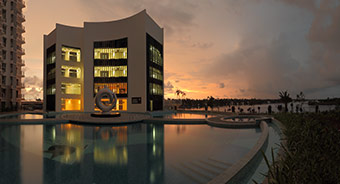
WFM: How do you address safety when it comes to windows and railings in your buildings? During an earlier study, we noticed that most of the railing failures were reported from Bangalore. Do you think safety isn’t given its due importance there?
Gopal: Fortunately for us, no such miss-haps have been reported.I would say it may be just tough luck or a coincidence that you noticed maximum reports from Bangalore. Typically Bangalore developers are very sensitive and in fact, take utmost care where human safety is concerned. But, fortunately, or unfortunately, many 2nd and 3rd generation developers are popping up at every nook and corner. They seldom follow any rule or guideline and there is hardly any protective mechanism in place.
We at Prestige have written a manual for ourselves and we are also closely working with CREDAI on developing something like a Developers’ code. Each time I learn something from a new practical experience, I add it to this manual.
WFM: But there are certain diktats vis-à-vis the National Building Code of India and like you mentioned, the CREDAI Guidelines. Are they not enough? Or the problem is implementation?
Gopal: The problem with NBC and other guidelines is that they are not mandatory in nature. Most of the advisory diktats of NBC and others along with some of our own, we try to incorporate in each of our buildings.
WFM: All the system companies have come up with special applications like lift & slide, folding sliding etc. How open are you to using such systems in your apartment units or commercial developments?
Gopal: We at Prestige have always used them only on an experiment basis. The system companies that we have worked with did propose such systems, but even they were not sure if they would be able to meet the huge quantities that are required for our projects. We wanted to use one such system in one of our projects but refrained as no one could commit to delivering to the scale we needed. Whatever we depict in the model unit, has to be replicated in all the units in the project without fail. It can be a notch above, but never less than what’s shown in the sample unit.
The suggestion and proposal should come at a proper stage before we finish budgeting for the project. At Prestige, we follow strong business ethics and don’t change the specifications during the course of development. We have to keep the end cost in mind before announcing the project and then make sure it sticks to that.
WFM: Which are the three projects that come to your mind when asked to name favourites?
Gopal: It’s tough to choose between your own children. Still, for namesake:
- UB City, Bangalore
- Polygon, Chennai
- Palladium, Chennai
WFM: With so many façade contracting companies closing shop and many foreign ones moving back from India, Indian façade industry is witnessing a dangerous trend. What is your advice to Indian contractors in terms of delivery and quality?
Gopal: There is plenty of work. There will come phases of gloom when there will be no projects and most will remain unoccupied. But this is temporary in nature. But, beyond any iota of doubt, there is immense scope of work available for all of them. There are hardly any A-list contractors who can take up the volumes that are needed across the country. Just about 10 façade and window contracting firms are working on almost all the major projects. Others need to identify the opportunity and encash it before they are doomed to permanent failure.
WFM: Why do you think they are failing?
Gopal: Bad management is one of the major reasons. As developers we need to close and hand over units by units. A contractor can’t come and tell me that I will install bathroom windows today and bedroom windows tomorrow. I won’t do it to my customers. I can’t hand over the bathroom today and the bedroom tomorrow to them.
This is the contractor’s suicide as well as mine.
WFM: Don’t you think it has to do with the cash flow also? They don’t get paid in time so they can’t deliver as per schedule schedule?
Gopal: There is a grade of developers who do pay and there may be others who don’t. See, no developer brings money from his home. It is a value chain. He sells the finished building and brings back the money into the system. All the trouble arises from the mismatch between developers’ requirements and what contractors deliver. If that is set right at the beginning of the association, I don’t see a major problem at all.
I can say on behalf of Bangalore developers, that we are selling well and have genuine concerns to move onto the next project. There’s no reason why they would not pay the contractor until and unless they themselves are choked and don’t want to borrow the money at 18% so that the contractor is paid. They also get the money from the value chain only and pass it on.
WFM: Nowadays, there are so many developers who have their in-house metal works and glazing division. Is prestige also moving in that direction?
Gopal: Seeing the market trend we have also made some strategic investments in the companies with business synergistic to ours. To ensure that we are at least armed with something when it comes to delivery times and we have some control over that. All the same, we need to be realistic in our thoughts and actions and understand that no single company can take up and execute the quantum of work that’s there.
WFM: With the cumulative effort of the Indian façade industry, certain guidelines are being compiled and drafted – will you refer to them considering the rise in cost could be a probable consequence?
Gopal: When the CREDAI guidelines were made, all the developers of repute referred to that and still do. So if something is written I am sure people would follow it as long as it is practical. However, If my entire window cost is going to go up by 100 bucks then it’s not doable. So you have to make sure that what is essential is being done. The mechanism has to be set in place forever and most likely by the end of 1st or 2nd year, you can expect to have a majority following.
The buildings are going skyward. There has to be a basic parameter that you must work on. At the same time, the inclusion of impractical should be avoided.
It is a good initiative. We wish you all good luck.
Top Stories
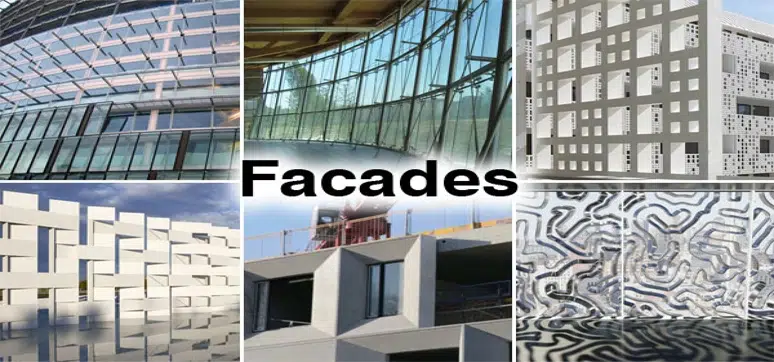
Façade Systems Market Size is Estimated to Reach USD 398.8 Billion by 2029
By: Abdul | April 16, 2024
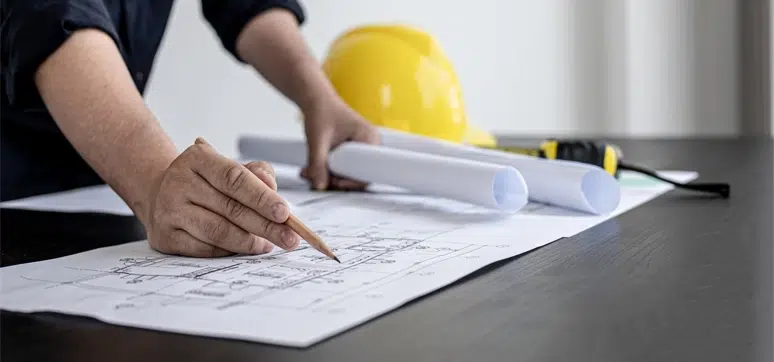
Improving Sustainability Alongside Fire Safety – Can We Deliver?
By: Abdul | April 16, 2024
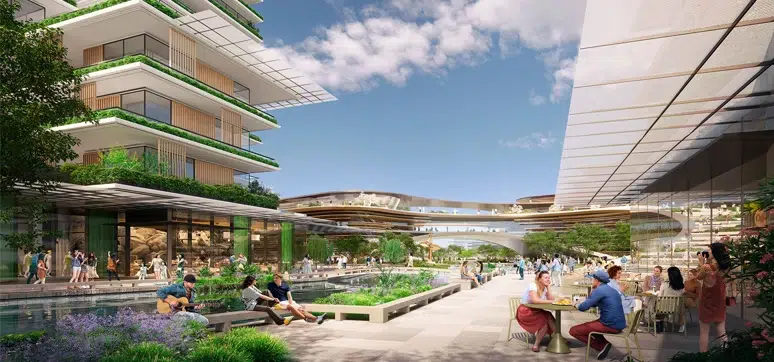
Foster + Partners Wins the Competition the New Xicen Science & Technology Centre
By: Abdul | April 9, 2024
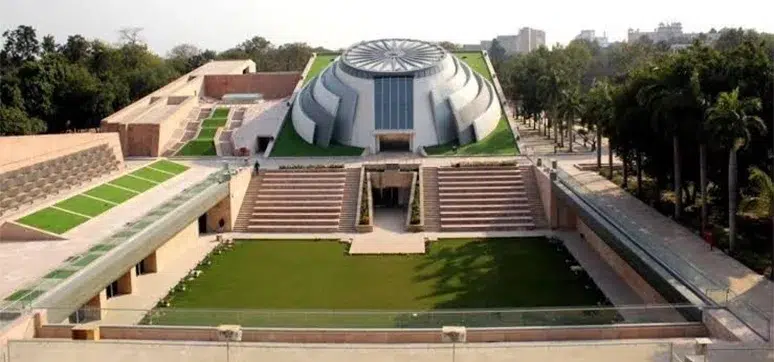
A Symbol of Architectural Brilliance & Cultural Significance
By: Abdul | April 8, 2024

